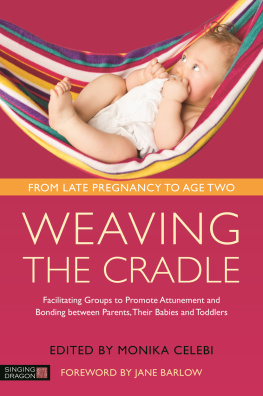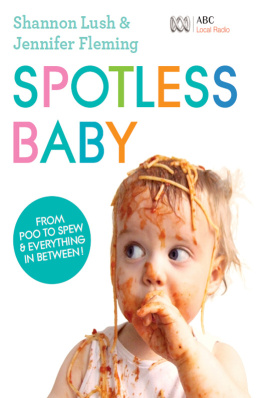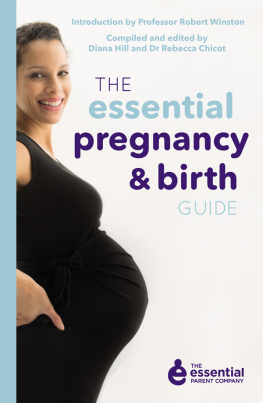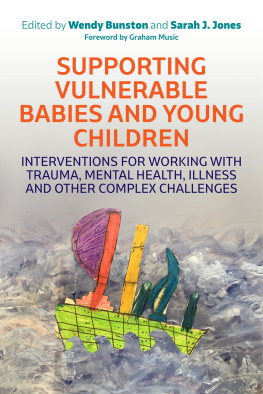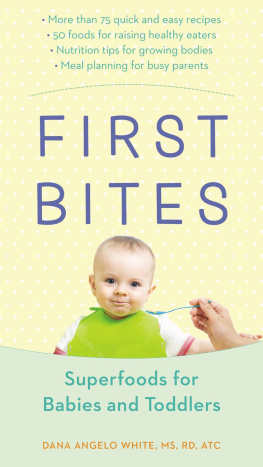Foreword
Weaving is the process of bringing together threads to produce new and interesting phenomena, and cradles are of course the traditional baskets or beds in which babies are nursed through their earliest days. Weaving the Cradle , as the rather wonderful title of this book suggests, is not, however, about weaving a physical space, but more fundamentally about the complex processes involved in developing a containing mind not only for the baby but for the parent as well, through the use of groups to deliver some new and exciting methods of parenting support.
The need for a containing mind originates in the work of Bion (1962) who, as part of his theory of thinking, talked about alpha and beta elements, and the need for all babies to have access to an alpha function. His theory suggests that beta elements, which are best thought of as the raw or unmetabolized aspects of experience that emerge from the mind, body and feelings, need to be turned into alpha elements, which are processed experiences that can be thought about (Bion 1962). Bion believed that the mother provides this alpha function for her baby in a variety of ways such as through her capacity for reverie, and her ability to tolerate and modify the babys distress. And there is now a rapidly developing body of research demonstrating the importance of the primary caregivers ability to do this for the baby, in terms of the young childs later capacity for emotion regulation (e.g. Meins et al . 2001, 2012), which is now recognized to be the foundation of later mental health (Fonagy 2001).
This book focuses on the use of groups to support parents both before and following the birth of their baby, which is a key window of opportunity to promote the wellbeing of the parent-baby dyad, not only because of the high motivation of parents to do the best at this time, but because of the sensitivity of the unborn/newborn babys brain to environmental input, and in particular to interactions with their primary caregivers (Schore 2001).
The use of groups to support parents began back in the 1960s when it was recognized that the then largely behavioural parent training programmes being developed to help parents manage difficult child behaviour could be developed just as effectively, and possibly more cost-effectively, using groups. Five decades later, the use of groups to deliver parenting programmes has become the norm, and there is recognition that the opportunity to meet with other parents at key points in the childs development has benefits that derive in part from the experience of being in a group with other parents. Indeed, a recent systematic review of studies that had explored parents views about group-based parent-training programmes found that it was the increased feelings of acceptance and support from other parents in the group, in addition to factors such as increased knowledge, skills and understanding, that enabled parents to regain control and feel more able to cope (Kane, Wood and Barlow 2007). The chapters in this book suggest that in fact groups may have an important alpha function for parents.
This book does not, however, focus on the use of groups to deliver standard parent training programmes; rather, it explores their use to deliver innovative methods of working with the parent-baby dyad during the perinatal period, including many that are more typically provided on a one-to-one basis such as infant massage, Video Interaction Guidance and parent-infant psychotherapy. Furthermore, these approaches are on the whole best characterized as being attachment based, aiming for the better part to promote the type of early interactions between parent and baby that will result in him or her being securely attached. The evidence regarding the benefits of such attachment is now substantive, as is the evidence about the long-term problems that can follow from an insecure or disorganized attachment (Fearon et al. 2010; Sroufe 2005; Steel and Siever 2010). The chapters also build into a clear vision in terms of the way in which such groups can be developed and delivered across a range of settings (e.g. healthy baby clinics, childrens centres and NHS perinatal mental health services) and contexts (e.g. UK, Europe and Africa).
This book also describes a number of ways in which practitioners can be supported to provide the alpha function through supervision and other methods such as the teaching of attunement. This of containment across the practitioner-parent-baby triad is now recognized to be an integral part of the effectiveness of early interventions, and may be particularly important for practitioners working not only to understand the lives of the participating parent-baby dyads, but to manage the dynamics of the group as well. It was the psychoanalyst Bion (1961) who identified the way in which the emotions of a group can prevent it from achieving its overall aim with the danger of defences such as flight or flight and dependency undermining its core activity, and the role of supervisors in helping the practitioners to identify and address this.

